A List
by Jess Erdman, Content Marketing LeadAugust 2023

Fashion tagging has a problem: even when automated, it’s expensive, unsophisticated, and not optimized for every size retailer.
But, with so many options to choose from, how can retailers make the decision to choose the best fashion tagging tool?
We’ve compiled 7 best criteria to choose the best fashion tagging tool and make sure that you make the best decision for your eCommerce.
Fashion tagging is the process of assigning labels to products, automatically or manually. A simple white t-shirt can include between 20 to 60 different product attributes, like fit, length, or occasion.
Fashion tagging is the foundation for eCommerce product discovery–want out of-this-world recommendations? Or, laser-accurate filtering? Fashion tagging is the first step to building a world of personalized eCommerce experiences.
We created the 7 best criteria to help break down the most important elements of choosing a fashion tagging tool, that works for retailers of every size.
The 7 ideas include:
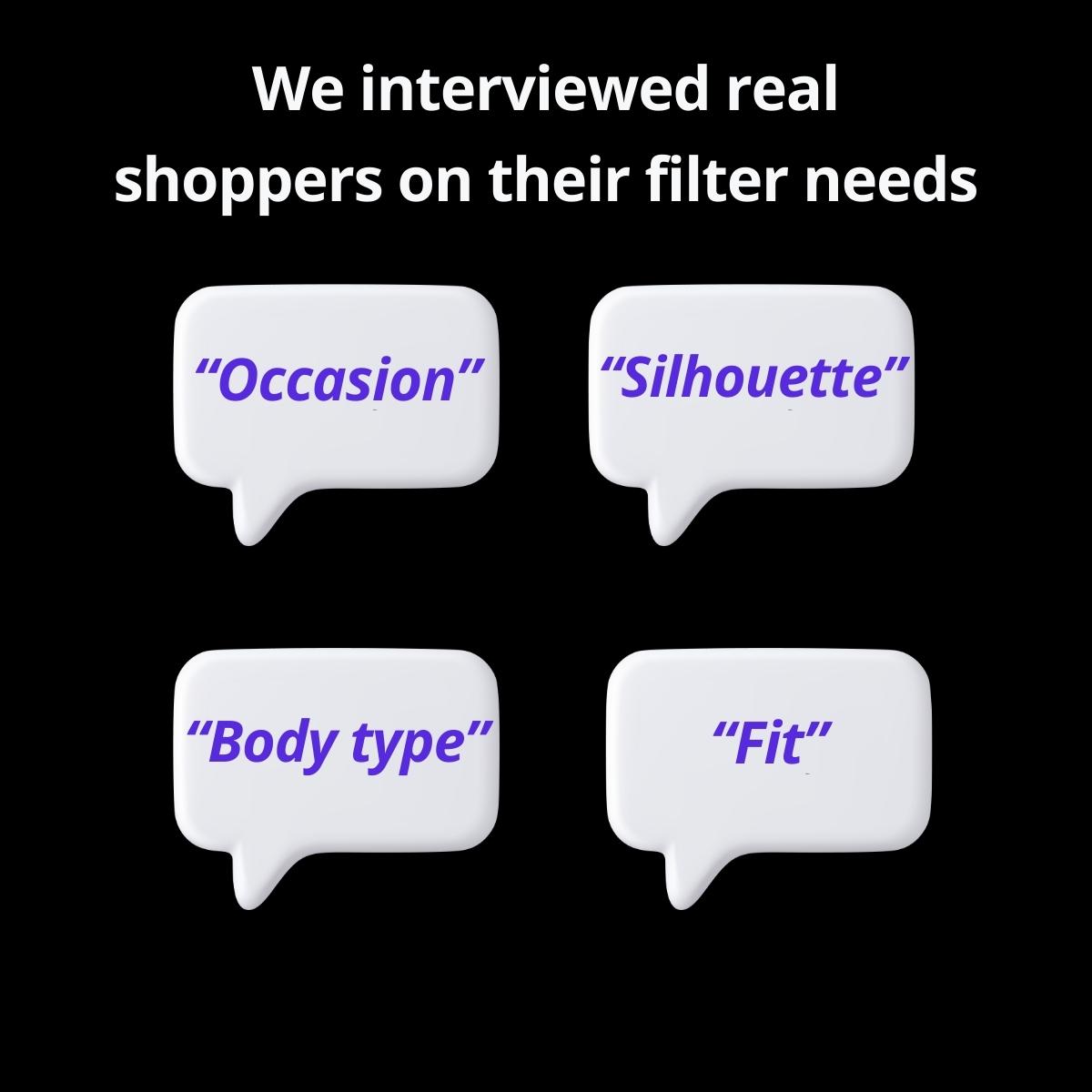
At YesPlz, we interviewed real users to define the key attributes that actually matter to shoppers. Therefore, our tagging information works for search, filter, recommendations, or personalization for shoppers, in any discovery application.
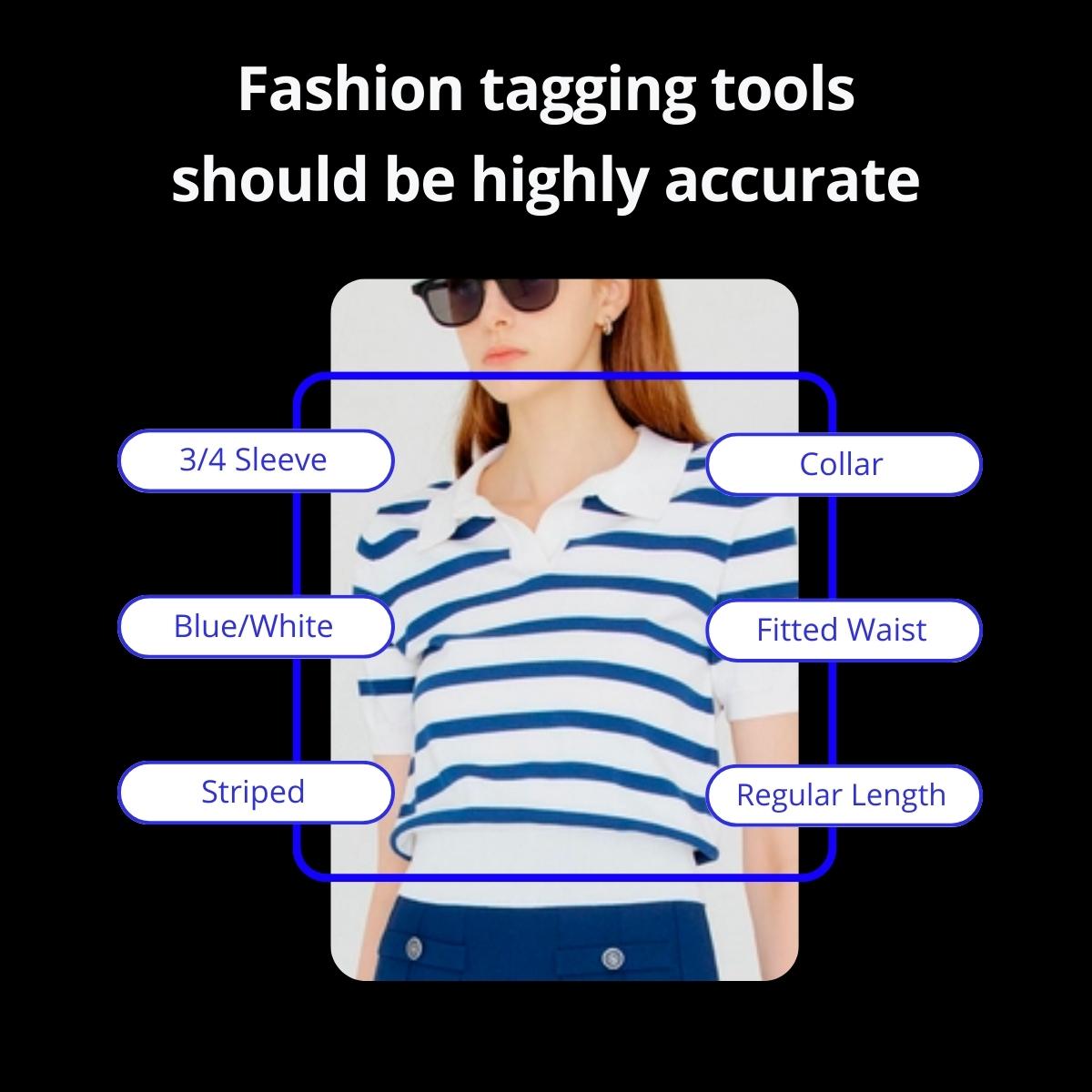
A high-level of accuracy should be at the core of any eCommerce tagging tool. That means the tool should be able to identify common attributes like color, pattern, neckline, and sleeve length–but also more complex attributes like details and even thematic or occasion.
Don’t choose a tool that will require constant manual tagging, defeating the purpose of automating tagging in the first place.
** Note: For example, YesPlz’s eCommerce tagging accuracy was higher than 99% when determining whether a product has long sleeves or short sleeves. Of course, accuracy can vary depending on image types and the complexity of attributes.
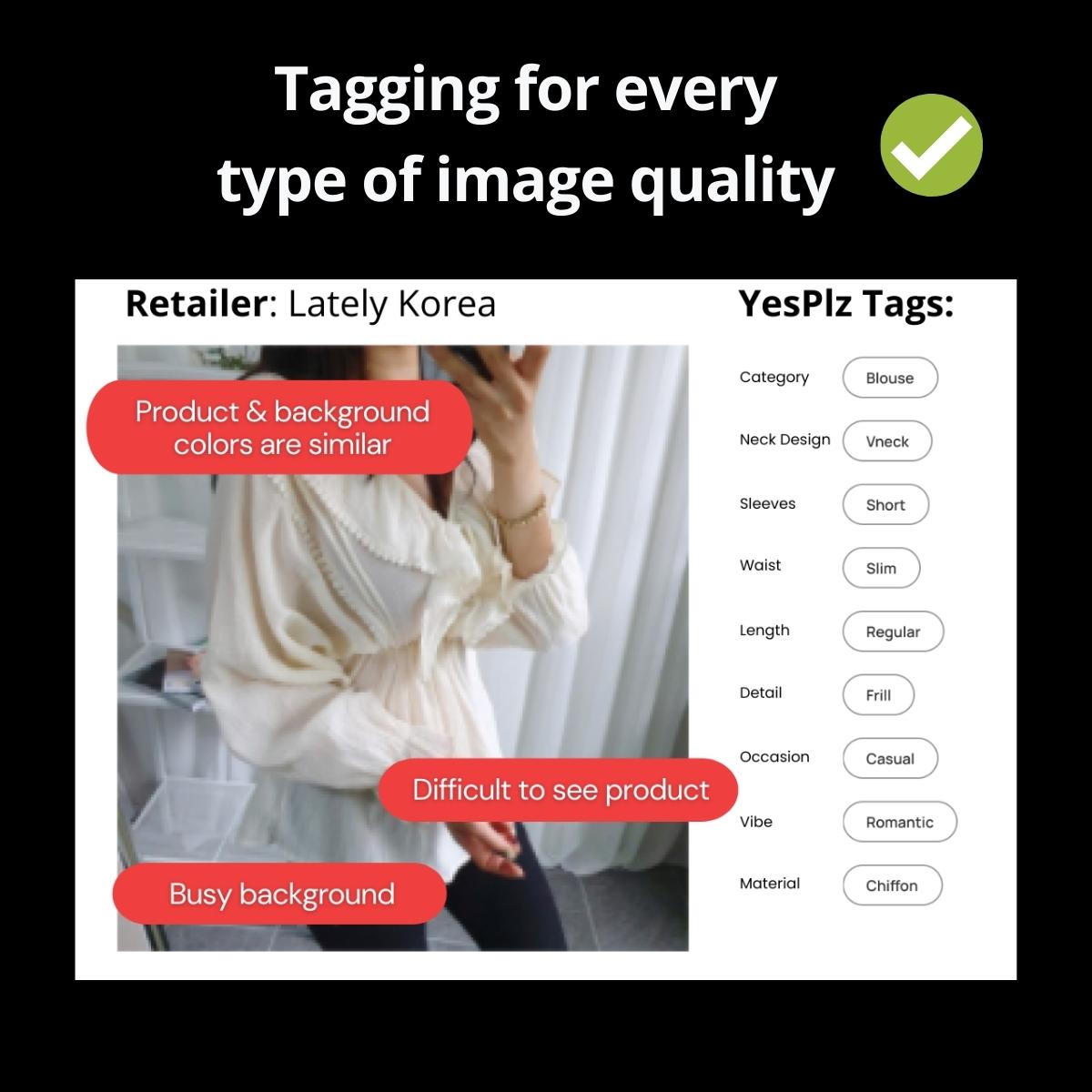
Low image quality means low quality tags, right?
That’s incorrect.
With fashion-trained AI, an ideal image tagging solution can identify product attributes, automatically, for all types of image quality in:
-user-generated content
-professional photos
-photos with human models
-photos without human models
-text information, including titles and metadata
The ideal fashion tagging tool can work flawlesslyon real-world images, not just studio-perfect shots.
Noisy background? No problem. A good AI fashion tagging tool can easily work with busy backgrounds. At YesPlz AI, we use hybrid model, with text and image to solve this problem.
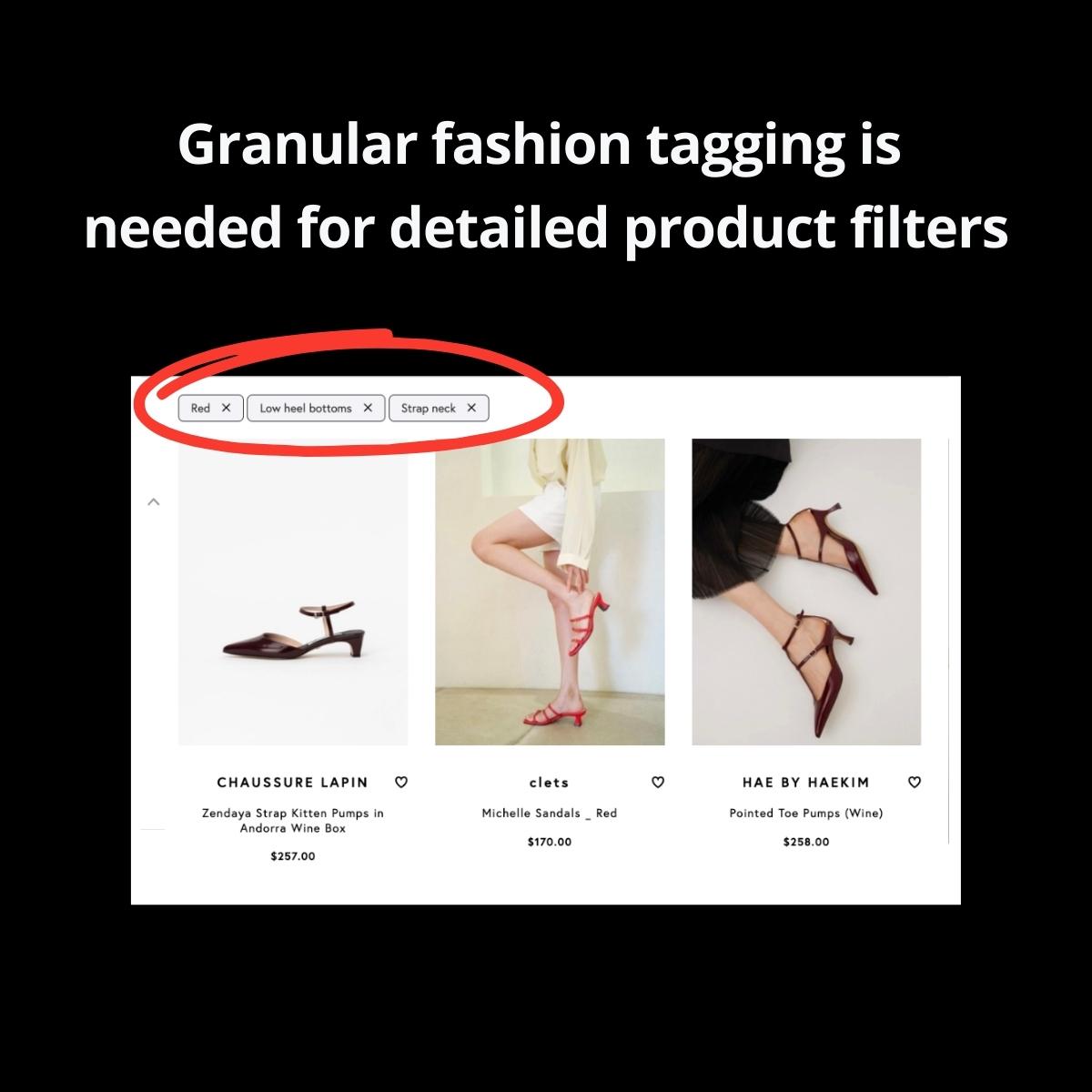
Shoppers want the nitty-gritty details of products, especially when it comes to fit.
For example, YesPlz research shows that shoppers want to know more about waist information—is it fitted, loose, regular?
How about shoes? Is it a block heel, kitten heel, or stiletto? Is it pointed-toe, square, or rounded? Is the material leather-like? Glossy? Or fabric-like?
But, not every tagging solution can offer granular and niche attributes.
More granular tags facilitate better product filtering and recommendations that more closely align with shopper intentions.
Don’t settle for fashion tagging tools that can only tag broad categories or can’t get detailed enough.
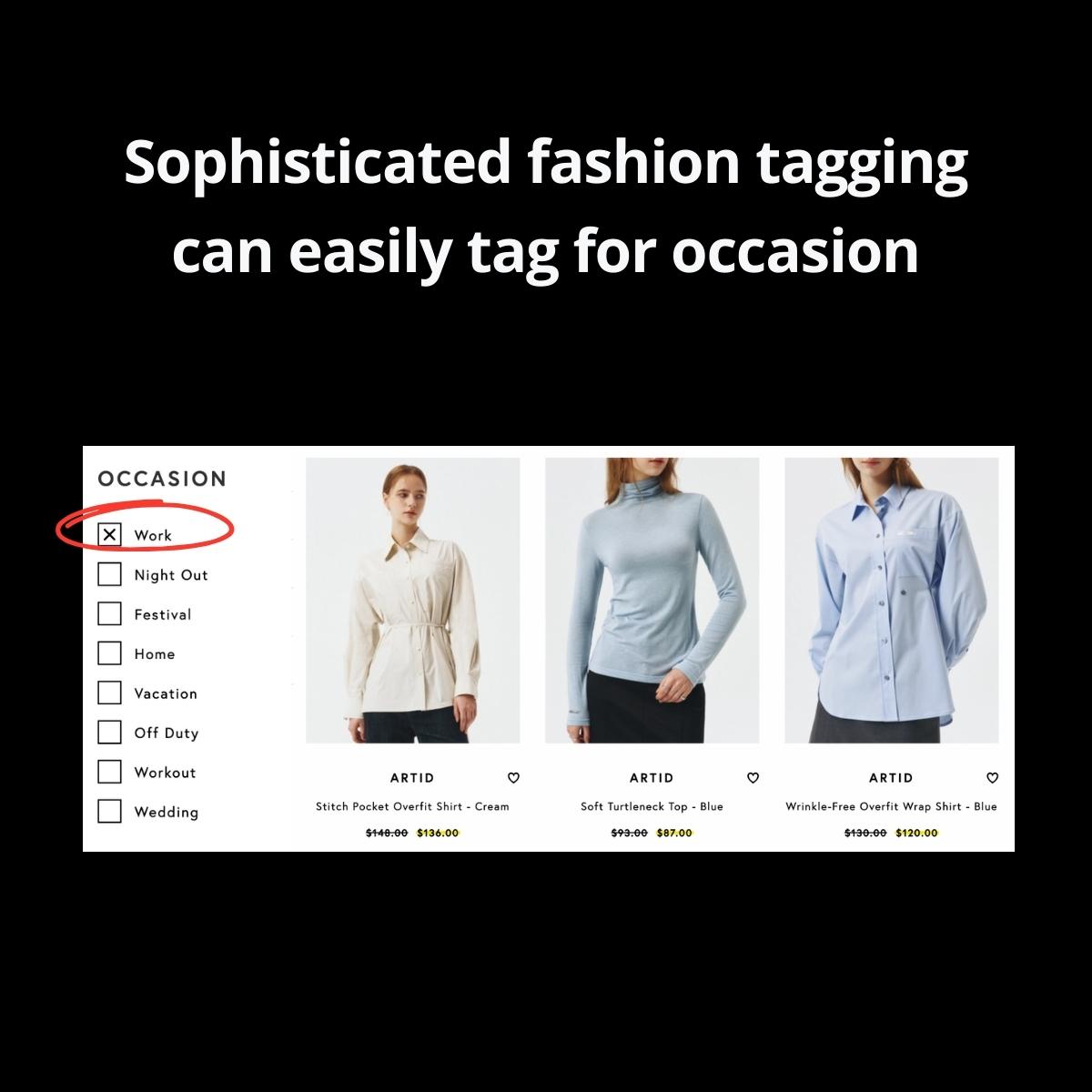
Advanced AI solutions can tag for occasion, trends, vibes–you name it. That’s because the underlying AI technology is sophisticated and well-trained in fashion-specific attributes.
For example, YesPlz starts by defining key attributes through user interviews to ensure the fashion AI focuses on what shoppers care about. The AI is trained on both images and text descriptions.
Then, fashion experts correct any AI mistakes during training to further refine the model.
And, YesPlz’s fashion AI that’s trained for years on fashion-specific terms can easily identify tags that retailers struggle with, like occasion or vibe.
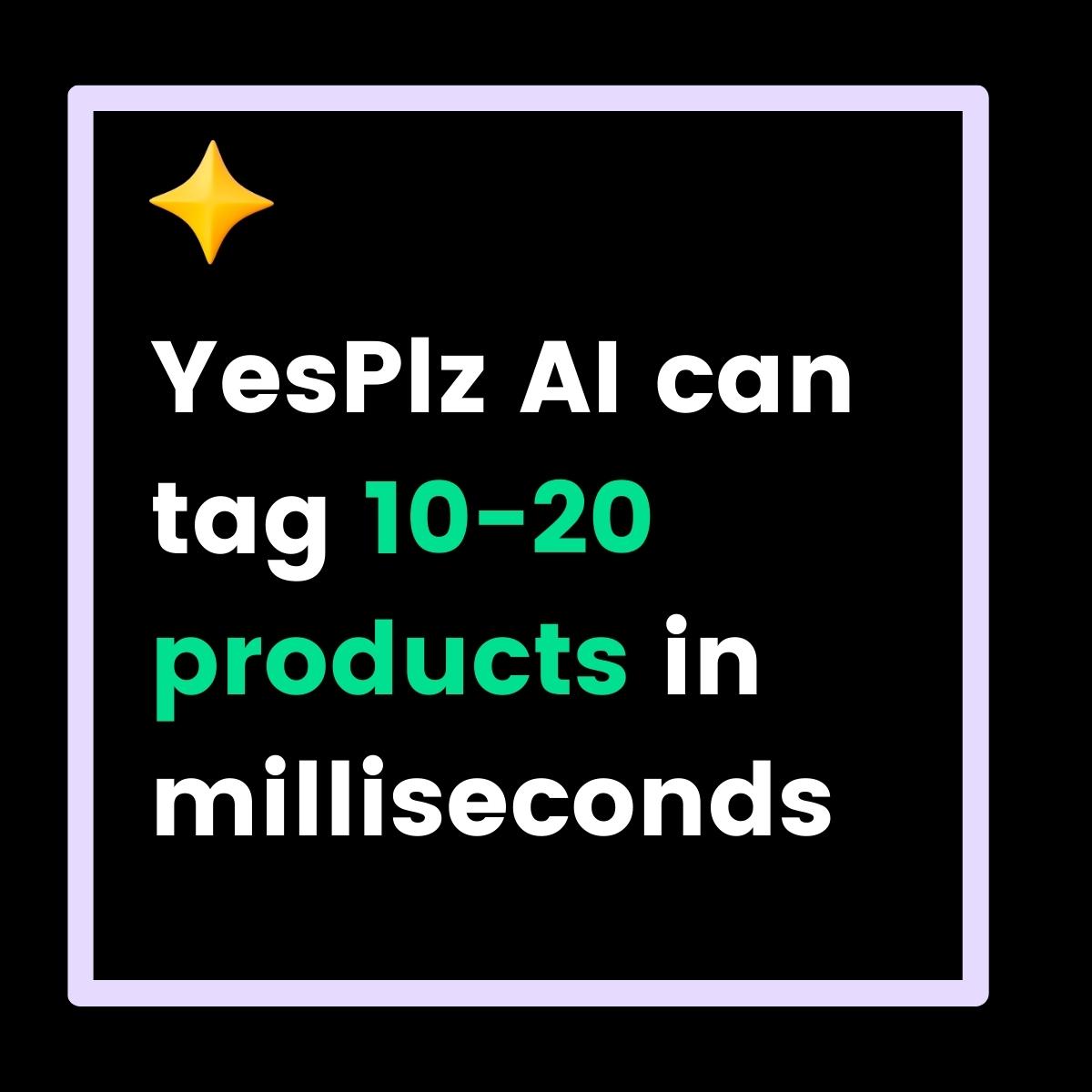
A good fashion tagging tool can allow for ultra-fast automated tagging, saving time and money for retailers.
Scalability also refers to the quantity of products tagged in a specific period of time. Don’t choose a fashion tagging tool that is rigid and only works for a few hundred images at a time.
YesPlz fashion tagging can tag 10 to 20 products in milliseconds, leading to thousands of products tagged in just a few hours.
What about Shopify merchants? Good news. YesPlz AI offers a tagging solution for Shopify stores and it’s as simple as clicking one button to process and receive the tagging results into your designated metafields.
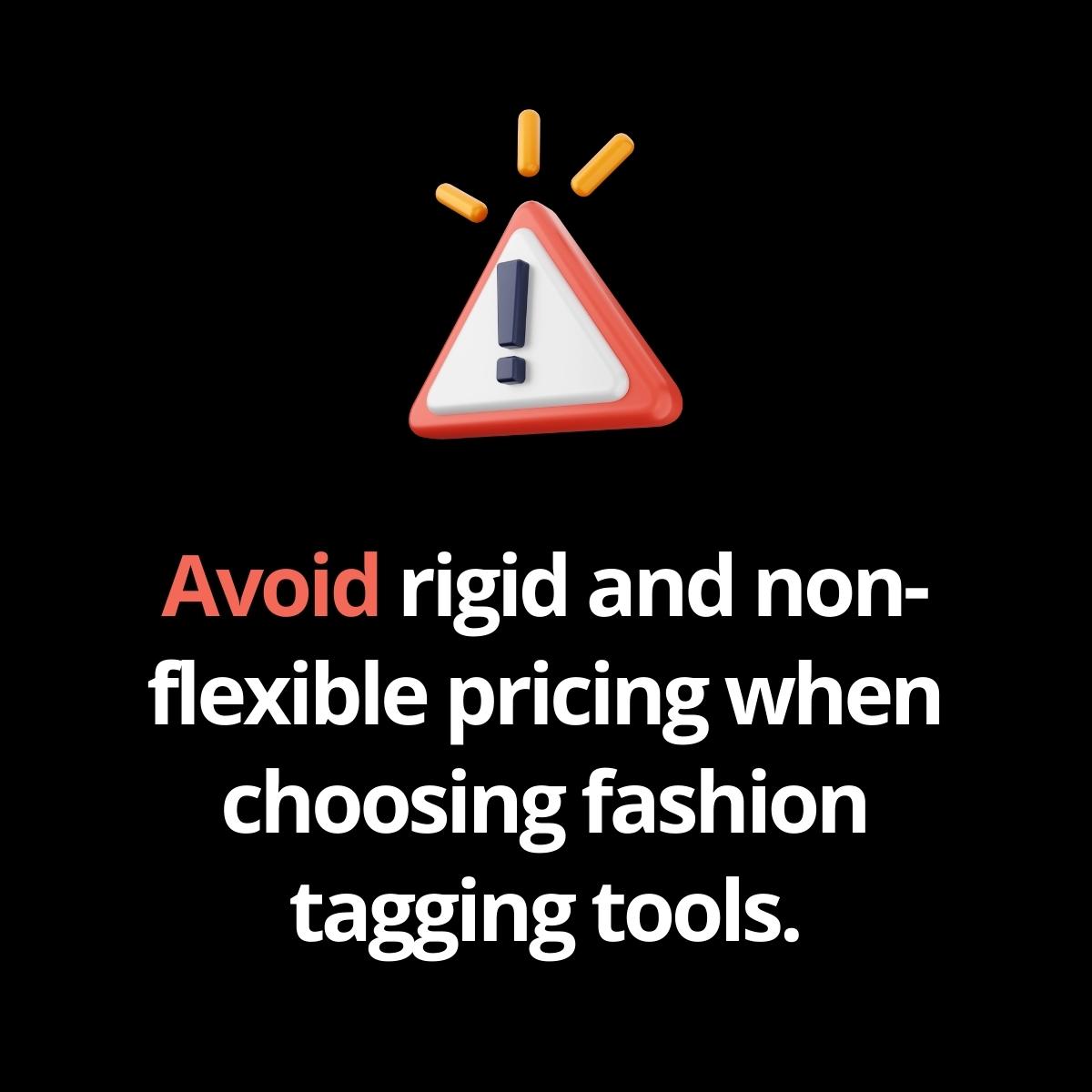
Avoid rigid pricing and look for flexible pricing from fashion tagging tools that understand retailer needs at every size. Pricing should be transparent, so there are no surprises.
For smaller retailers, the fashion tagging tool should specifically understand their needs. Choose a tagging solution with a machine learning pipeline, that can support both small catalog sizes and as large as millions of products.
Implementing an advanced fashion tagging solution has immediate, lasting outcomes like:
Product Descriptions: Generate product descriptions from accurate tags that include product attributes like sleeve type or silhouette. More informative product descriptions help boost conversion rates.
Speed: Automated tagging processes thousands of product images per hour, saving weeks of manual work.
Occasion Filtering: Identifying occasion attributes like work or going-out helps to create compelling thematic search that shoppers want to see.
Metafields: Tagging generates the metafields for platforms like Shopify, to use for filtering, search, and recommendations. Better metadata improves discovery.
With a strong fashion tagging foundation, retailers can build an advanced product discovery and personalization strategy that keeps shoppers satisfied, engaged, and converting.
Written by Jess Erdman
Content Marketing Lead
I'm passionate about creating cool content. The best part? I get to learn new things about fashion tech and ecommerce everyday. Have an idea or opinion about this article? Reach out at jess@yesplz.ai
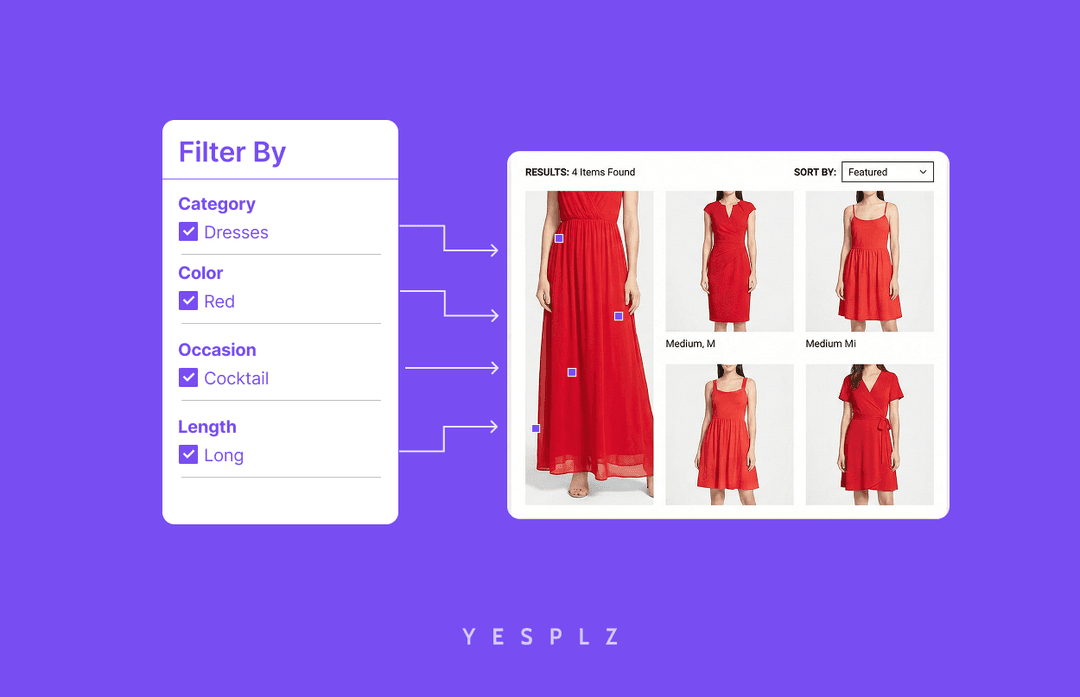
Stop losing sales to poor product filtering. Discover how AI simplifies creating Shopify filters, saving you 25-50 hours per 100 products.
by YesPlz.AI
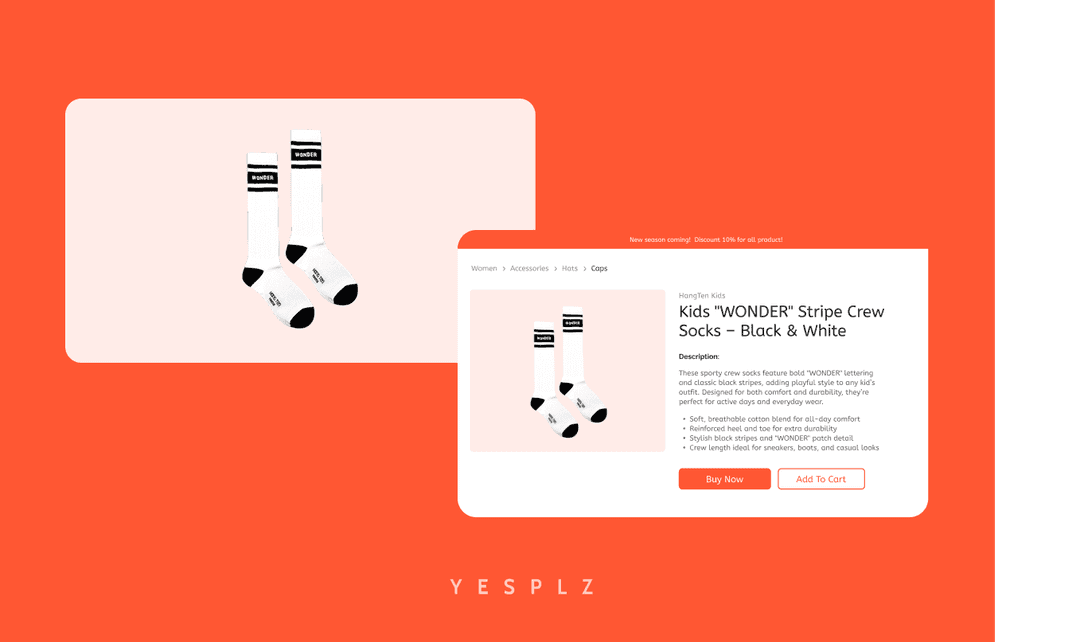
Automate Shopify product pages and cut 50–100 hours of manual work. AI generates product titles, descriptions, and metadata instantly from product images.
by YesPlz.AI